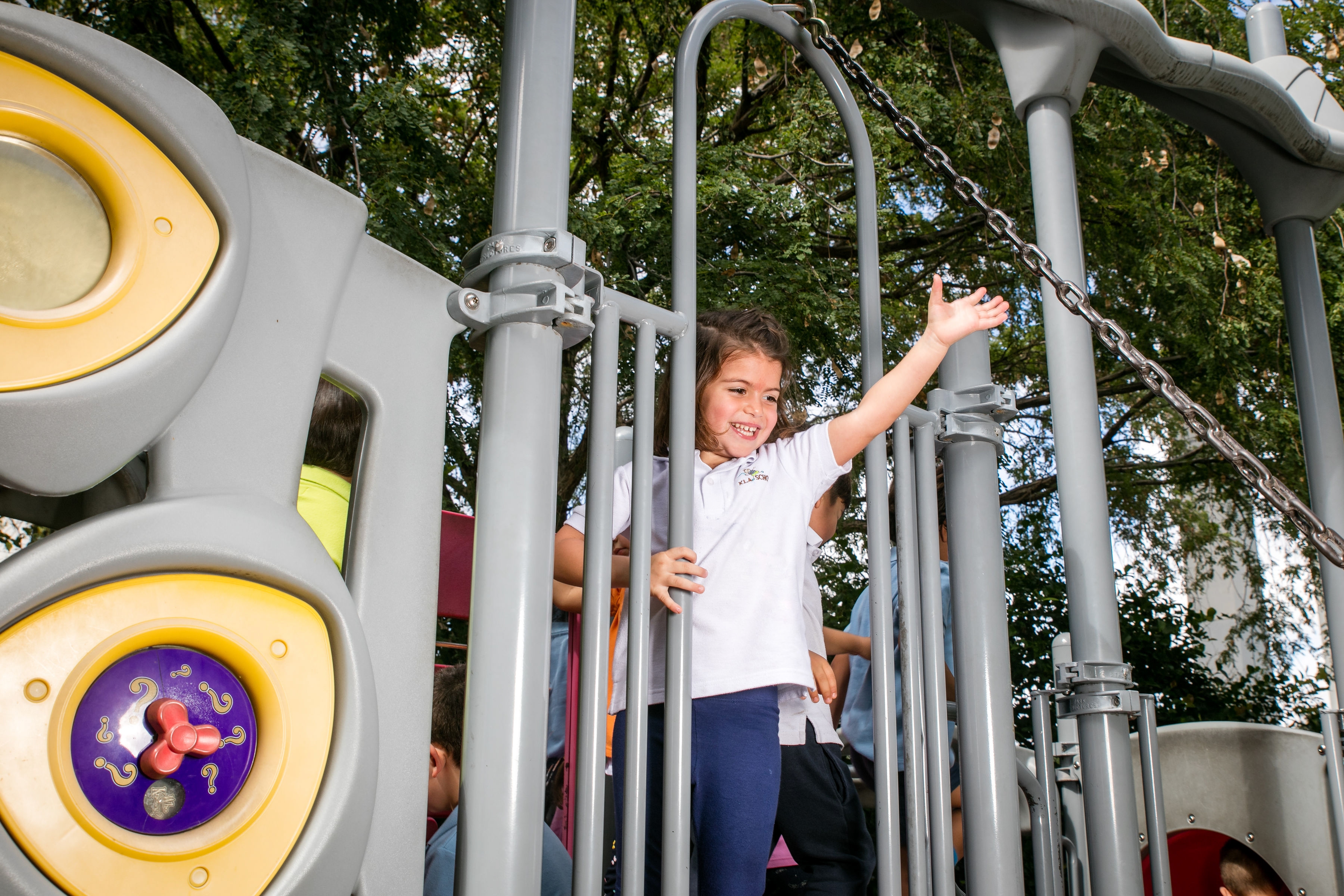5 Educational Indoor Activities for Children
During the winter months, many parents are looking for educational indoor activities for their children. The good news is there are lots of ways your child can have fun and learn while staying warm at home. Here are 5 educational indoor activities for children.
1) Create indoor science projects
You can create fun experiments for your child at home without a lot of hassle or mess. Here’s one idea. Fill a large bowl with a small amount of water, and mark the water level on the outside of the container. Then, invite your child to place small objects into the water, such as coins, toy cars, or building blocks. Notice the water level rising, and make observations together with your child. Experiment to see which objects make the water level rise more than others. This is a great way to invite your child to learn about buoyancy, volume, and mass.
2) Hold an indoor scavenger hunt
Scavenger hunts are an ideal way to spark your child’s imagination while inviting them to learn about concepts like colors, numbers, and patterns. Some ideas for indoor scavenger hunts include: Finding a certain number of items of the same color; a letters-based scavenger hunt using letter blocks and magnets; or creating riddles and inviting your child find the items in question.
3) Read some good books
Reading in early childhood builds literacy, creativity, and problem-solving skills. It will also support a lifelong love of learning. When reading with your child, encourage them to interact with the books. This will allow them to create a positive mental link with reading. Another way to deepen your child’s experience of reading is to ask open-ended questions about the story, such as, “Why do you think the dog ran away?”
4) Play make-believe
Children learn through play, and imaginative play helps your child understand certain life concepts and develop problem-solving skills in a safe and controlled environment. Some ideas for make-believe play include: Setting up a mini library with books around the house; having a tea party with stuffed animals as guests; building a city with cardboard boxes or building blocks; or putting on a play complete with costumes.
5) Make an indoor sensory bin
A sensory table or bin is another great way for your to child learn in a hands-on way. A sensory table is typically a low table that holds one or more containers, but a small tub can be used as well. You can fill your sensory bin with mediums like sand and water; and materials such as buttons, scoops, and sponges. Then, your child can investigate the different textures, weights, colors, and behaviors of these objects. A good sensory bin doesn’t need to be overly elaborate – find five at-home sensory table ideas here.

